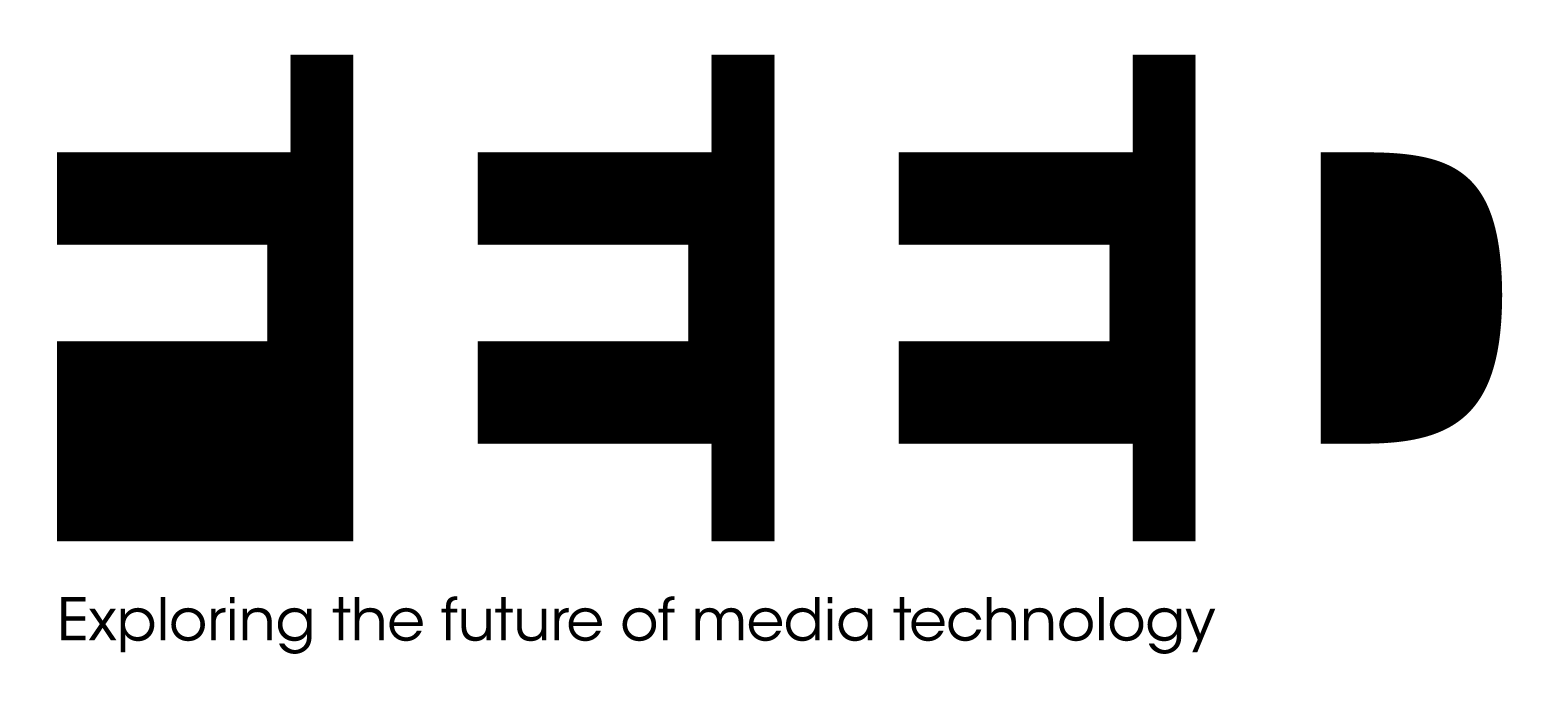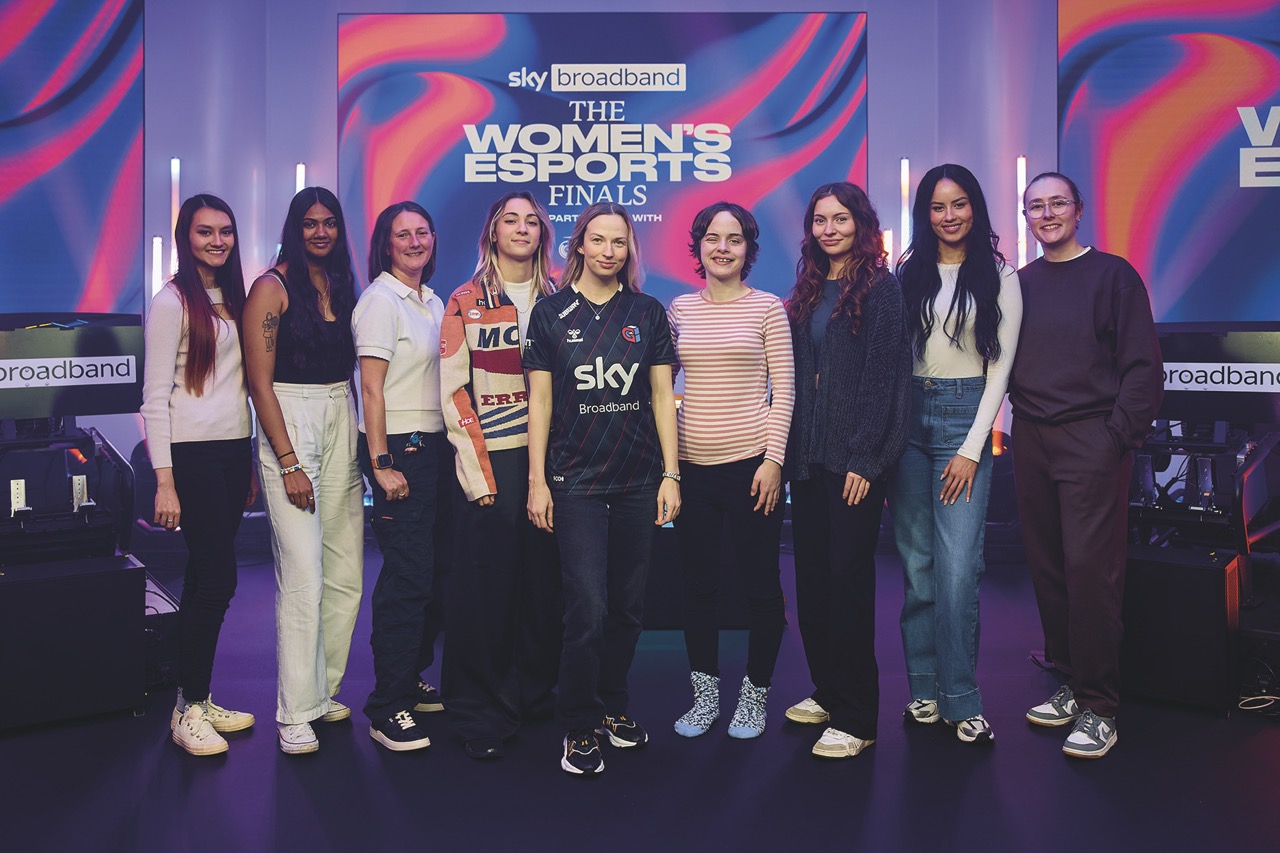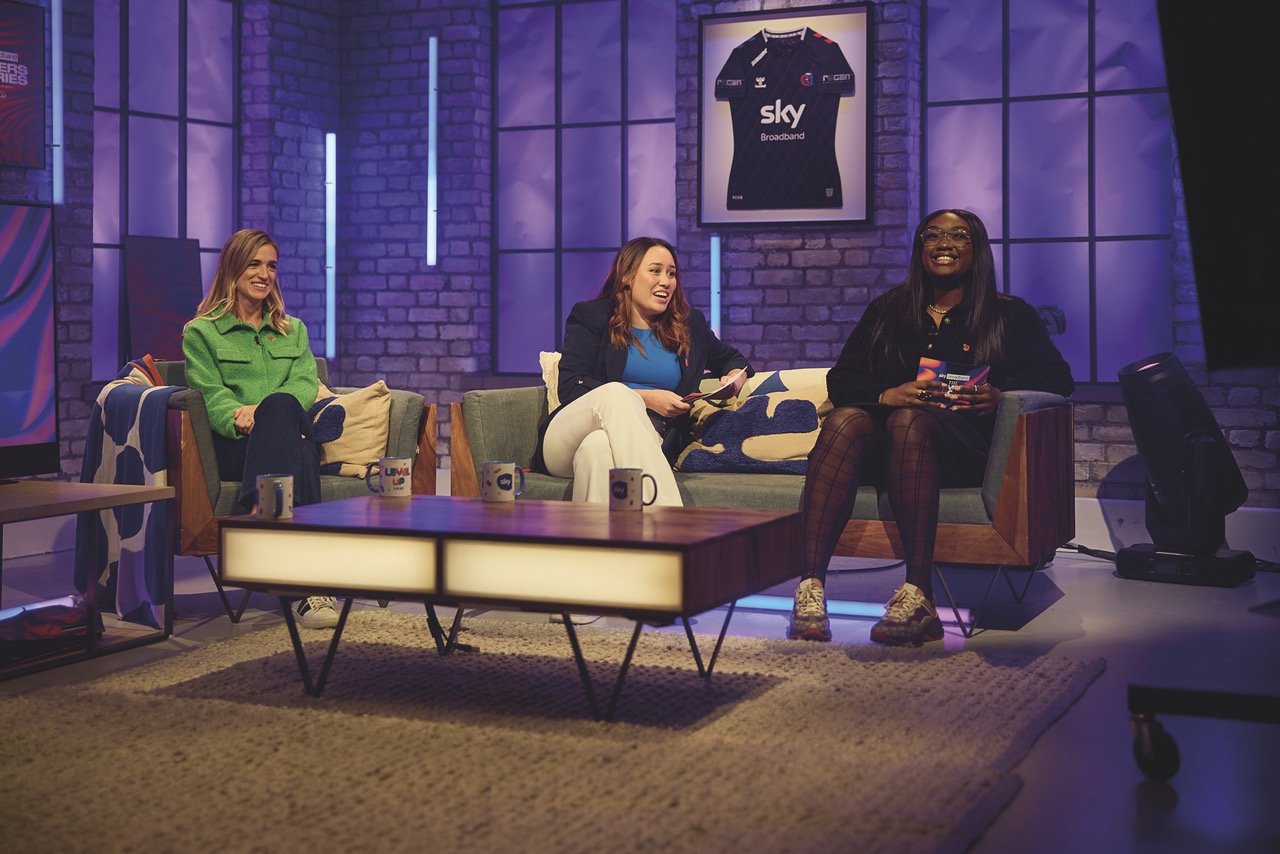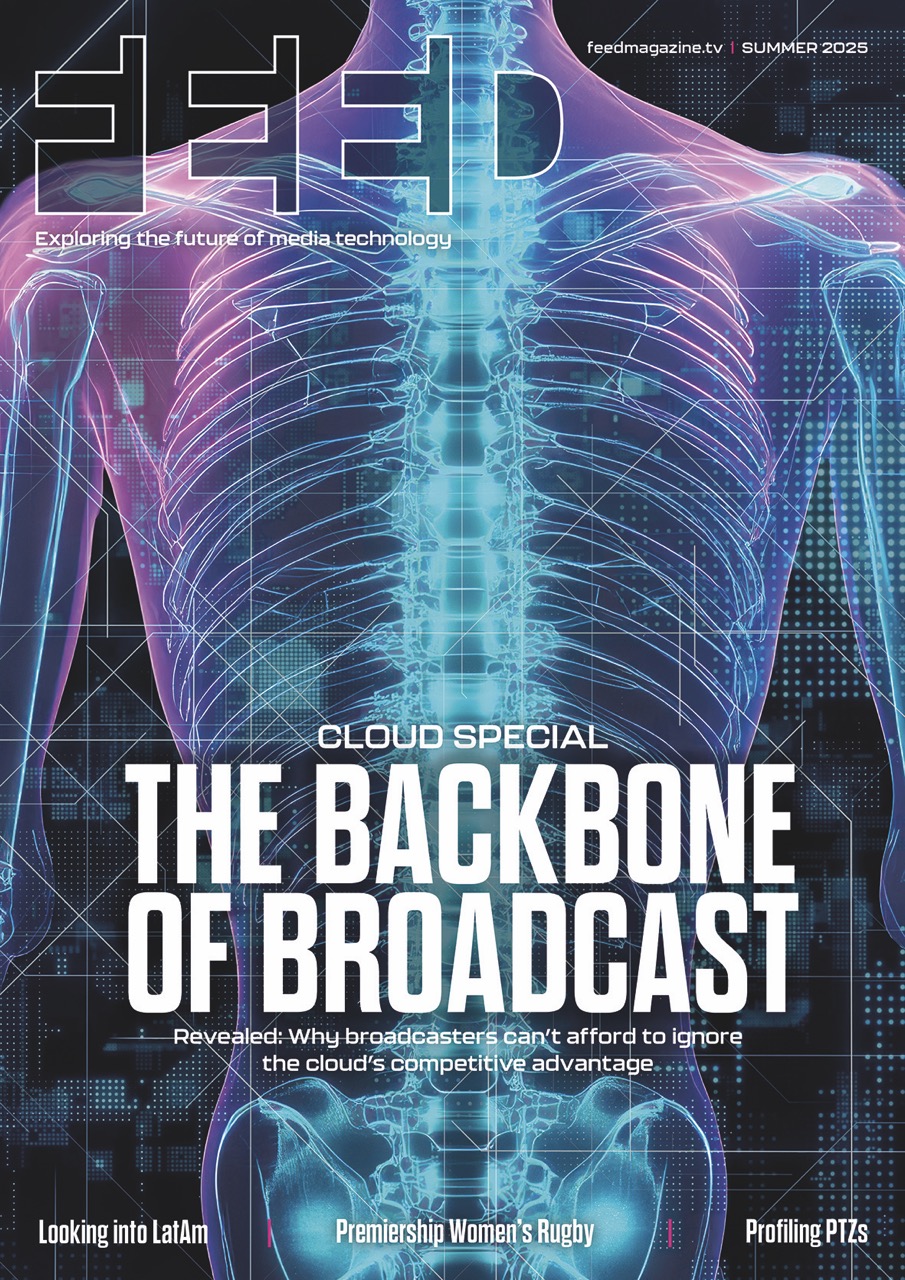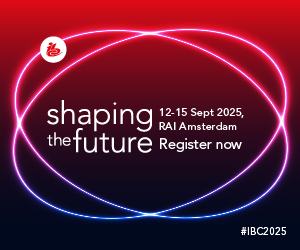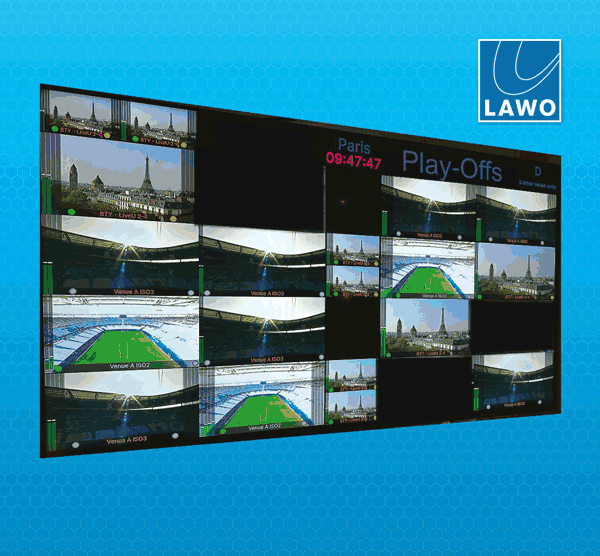Women in Esports: Breaking the bias
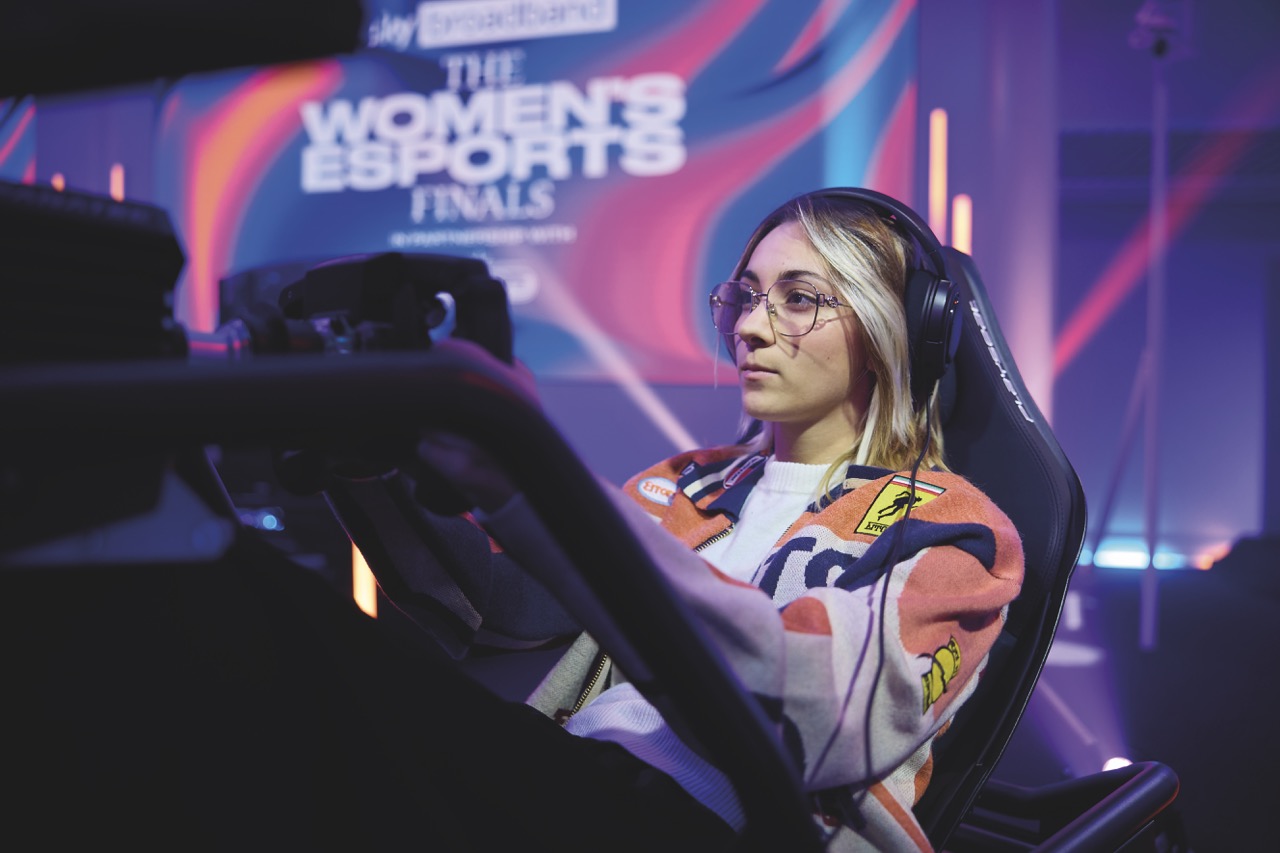
Posted on May 19, 2025 by FEED Staff
Despite the array of dazzling technologies it has pioneered, the gaming sector has often fallen short in the gender diversity department. We go behind the broadcast of the UK’s first Women’s Esports Finals to learn how that narrative is changing
Words Oliver Webb | Images Ian Wallman
Last year in the UK, the gaming world took a promising new step in the direction of diversity with the long-awaited introduction of the Women’s Esports Finals. The finals took place on 9 November 2024 at Sky’s London headquarters. The tournament, which was broadcast by Sky, was the first of its kind. Competitors in the UK faced off for a prize of £50,000 to be split between them, a coveted professional contract with Guild Esports and Gaming and free Sky Broadband for 24 months.
Launched globally in 2020 in a bid to help shape the future of gaming, Guild Esports is committed to boosting visibility for women’s esports. In 2024, it launched further women in gaming campaigns along with Sky Broadband. Its impact has already been felt across the sector, with the likes of footballing legend (and co-owner) David Beckham being an ambassador and firm supporter of its women in gaming initiatives.
“We have four main pillars of focus: core esports (top-tier teams in Apex Legends and COD: Warzone), women in gaming, mobile gaming (PUBG Mobile, MLBB, plus one to be announced) and sim racing (Protea, Academy, Drive Lounge and IRL RPL),” begins Luke Jones, vice president of commercial, esports and gaming at Guild Esports. “Our 2025 and beyond mission is to be the global pioneer in unifying and accelerating the future of esports and gaming through world-class talent, technology and partnerships.”
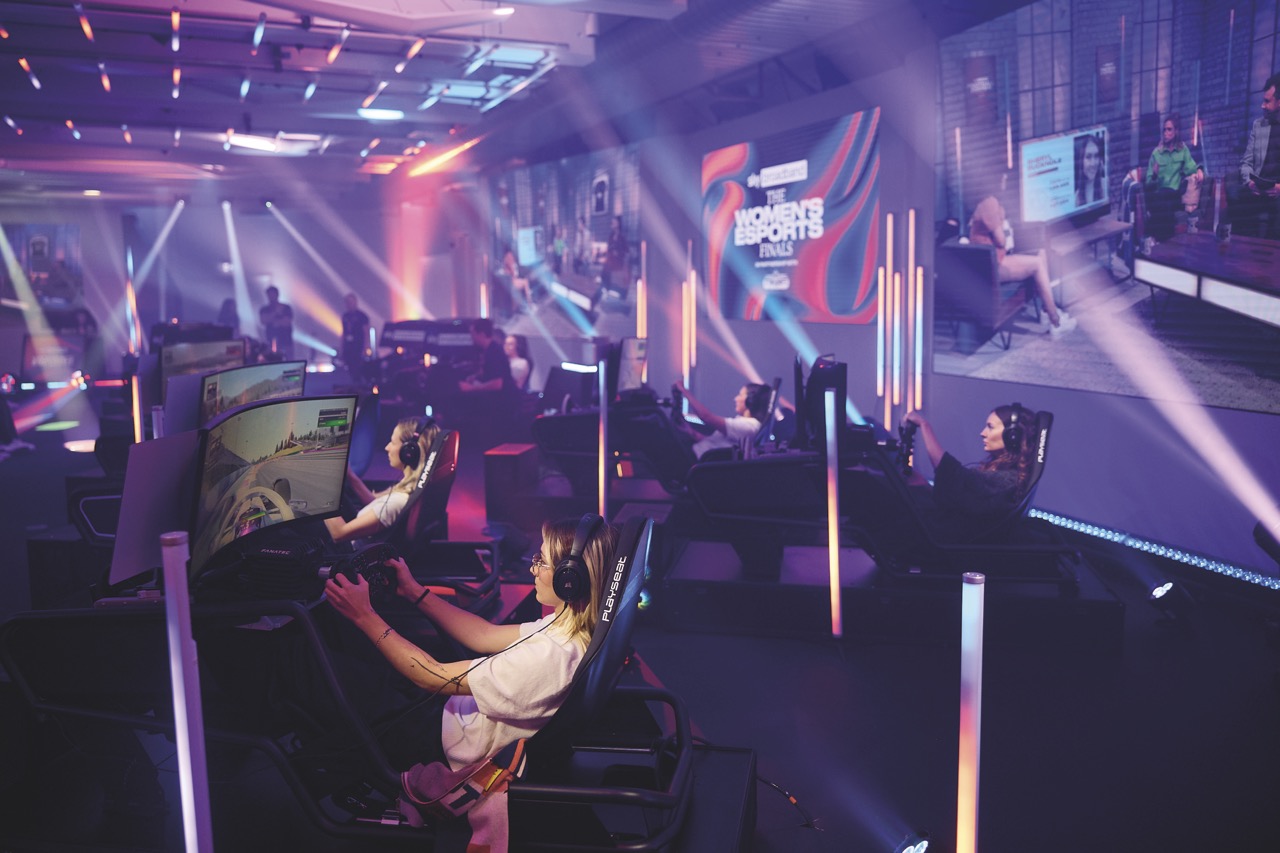
On the rise
For the Women’s Finals, nine of the best women esports drivers in the UK competed on fan favourite tracks, with Grete Lajal topping the podium in the sim racing competition. Fellow Racers Eseries competitor Clara Bucciacchio won a Guild Esports and Gaming Academy contract following her set of races. The contract will ultimately give Bucciacchio access to support and training to raise her game to the professional level. While these well-deserved awards are a step in the right direction, the highest earners are still male dominated and, according to reports at the time of writing, the top 20 esports earners are all men. The highest of those earns well over £6 million.
Bucciacchio first got involved with esports as a viewer while playing the first-person shooter game Overwatch. “Overwatch was pushing the esports scene for players of the game,” adds Bucciacchio. “About a year and a half ago, I started following a team and started watching other games that I wasn’t before. That’s where my passion for esports initially took off. I’ve been playing games ever since I was around six years old, but was never hyper focused on esports because it never really felt achievable. So it was more from a viewer standpoint, which makes where I am today even crazier.”
For Lajal, growing up in a family with an existing interest in motor and competitive sports had an inevitable influence on her. “Also, my partner has a background in real-life racing, as well as sim racing. Even though he does that, I never really got involved myself much before the actual qualifying. So doing sim racing myself at the finals was my first experience with esports. I’ve been interested in racing games before, but never to the extent of trying to be competitive. So, once I found out that I was actually competitive enough to qualify for the finals, that’s when I really got interested in it.”
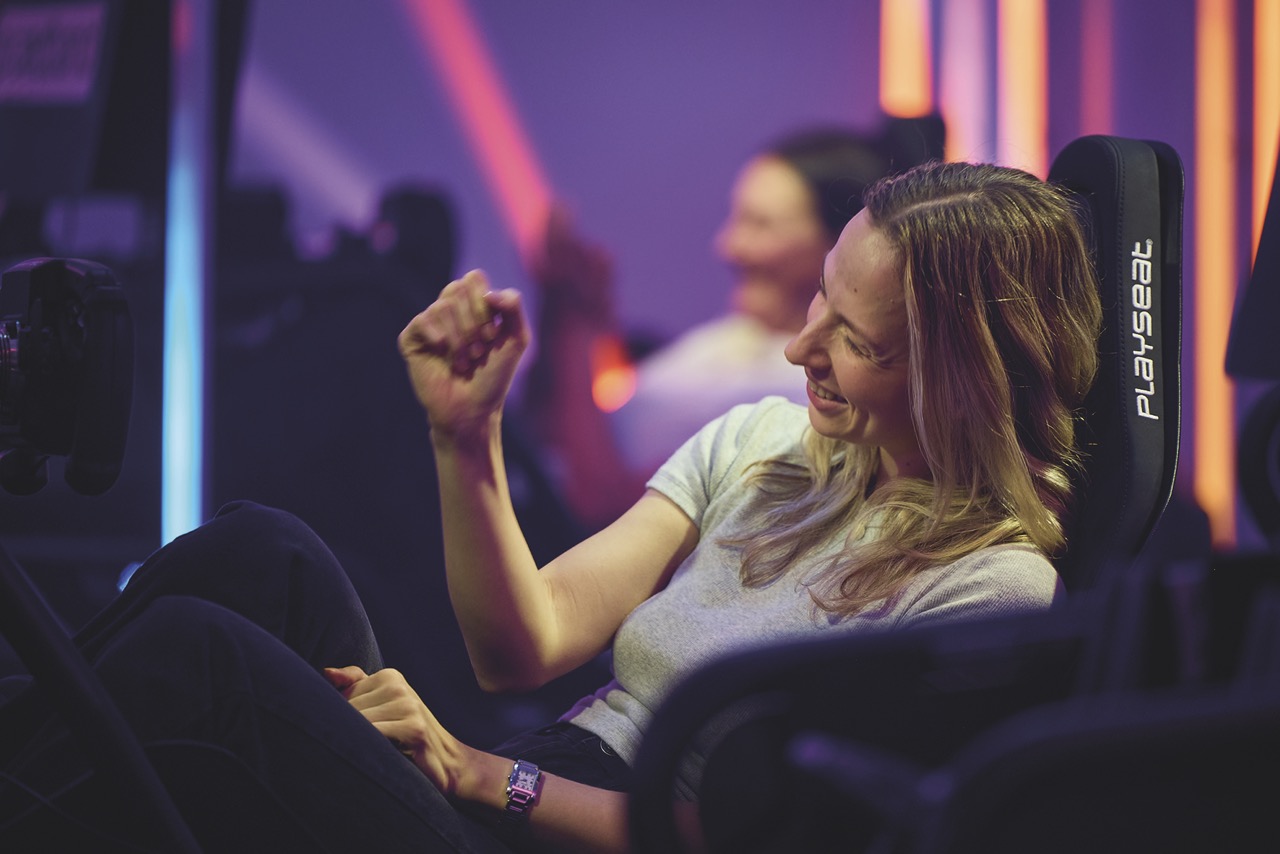
Power in numbers
A staggering 47% of gamers are women, yet only 5% achieve professional status. While the narrative is undoubtedly shifting, the gender gap remains significant. However, achieving pro status in esports is no easy task for women gamers, though there has been improvement over the course of the last year. Jones points to three key ingredients in shifting the narrative.
“Firstly, desire,” he explains. “Deciding ‘I want to do this’. We must continue to remove the toxicity directed at female gamers, which was the core principle behind the No Room for Abuse campaign created with Sky. Secondly, opportunity: ‘I can do this’. The professional scene is developing; ESL has done a great job in CS2 with Impact and likewise Riot with Valorant Game Changers. We’ve also seen EWC add MLBB as a female-only competition.
“At Guild, we want to take this one step further and develop female players that can participate in open leagues against male competitors. The Women’s Esports Finals, developed in partnership with Sky, is the first rung on that ladder. With Grete, Clara and Mariam, we’ve found the talent, and now the hard work starts on their journey to compete.”
The third issue Jones points to is the lack of role models in the women’s game: ‘I am able to do this’. “Like in any job, people need to see that it’s possible. The Women’s Esports Finals hopefully showed many young women that this is for them. We are seeing and will continue to see exponential growth.”
Similarly, Bucciacchio notes that in her case, from a young age, there were few – if any – role models to look up to. As a result, she didn’t realise esports was a viable career, which is an issue she has found very discouraging. “I’ve also found that when you try to play competitively in online games, as soon as you turn on your mic to chat with your teammates and they hear you’re a woman, they often start trolling you and no longer want to play competitively with you,” she says. “This means you can’t properly train and get better. So it’s more difficult to practise and improve like guys do.
“If we educate young players and shift the perception that gaming is just a boys’ hobby, everything will be fine. I personally didn’t grow up thinking of gaming as gender-specific – I didn’t get it from my brother or my dad. My parents gave me a Nintendo for my birthday when I was younger, and I started playing Pokémon. It was only when I was at school when people would comment; ‘oh, you’re playing a game, that’s a boys’ thing’. It was then that I started thinking maybe this isn’t really my space.”
Taking initiative
However, there are now more initiatives than ever before, and Bucciacchio believes that attitudes towards women’s esports are mostly improving. “More people are talking about the fact that gaming is just a game and that it’s for everyone. Even in professional esports like Valorant, there’s this Game Changers initiative to bring in a competition for women. It’s a circuit for women and marginalised genders, which will help increase opportunities for women. There are now lots of initiatives like the one from Guild.”
The Valorant Game Changers initiative is an esports programme created by Riot Games in 2012. Since then, the initiative has created a host of new opportunities for the diverse esports community with a series of global competitions.
The programme currently includes a series of tournaments at various levels, training for development of new talent and increased visibility for underrepresented groups. One of the other main aims is to establish communities in which players can compete safely. Organisations such as the Women in Esports committee, established in 2020, were also set up to tackle the divide. The committee aims to champion the advancement of women and marginalised genders in the gaming and esports industry, and it consists of members from leading institutions in esports, gaming and education.
Ultimately, what’s needed is more visibility – and it was only by pure luck that Bucciacchio came across Guild Esports. “Even though I’m in the gaming and the esports space, it’s still not that visible, even for people who are really interested in the industry,” she explains. “There are lots of events happening, but there’s still a need for more sponsorship and visibility for these events so that women can get into the industry and get started properly. So they can see that there’s a future in it, whether as a professional player or just as a casual participant in esports.”
Despite visibility issues, supporting and growing women in gaming and esports is part of Guild’s DNA. “This is manifesting itself in several ways,” says Jones. “We’re signing female talent to our pro teams, developing female talent in our Academy and giving female streamers and content creators a platform to work with huge brands like Universal Pictures.
“It’s about creating opportunities; as we’ve discussed, we created pathways to pro contracts in sim racing and EAFC with the eracers and efootball series. Additionally, we supported and paid for AnnaFUT, the only female player competing, in the lead-up to the EAFC EWC qualifiers at Dreamhack in Sweden. We created the Boost Championship for Rocket League and Rush UK in Valorant: both all-female tournaments.”
The Sky Guild Gaming Centre is also a safe space for female gamers and allies to come and game. “During the summer, Lobby Live was another well-received initiative,” states Jones. “When the public-facing sim facility opens this February, in partnership with Drive Lounge, we’ll have female-only sessions with coaches. In terms of what more can be done, I’d really like to see publishers become more active in the female esports scene, as well as EWCF, generating more female-only competition.”
There are many steps to achieving gender equality, but women’s esports are just as competitive as men’s. The effort, determination and passion are the same. “You typically get the same kinds of feelings and interactions from players,” says Lajal. “The more women that get involved in gaming, the more it will increase the overall competitiveness. Hopefully the next event will be even bigger.
“First and foremost, we need to get more people interested and taking it seriously. For men, there are so many prominent figures in the industry and role models for them to look up to; there’s space to grow. In any case, female gaming is growing and these initiatives are further fuelling that, so I’m really hopeful for the future. The support I got through this experience was really positive. My partner, who also streams, is in racing as well, and his community were super supportive during the live event. Since then, I’ve been getting so much recognition from people who are generally interested in motorsports. It’s been such a fun thing to do and it’s been great to get wider recognition. The Guild and Sky Broadband initiative definitely made a mark and raised awareness, so let’s see where it goes from here.”
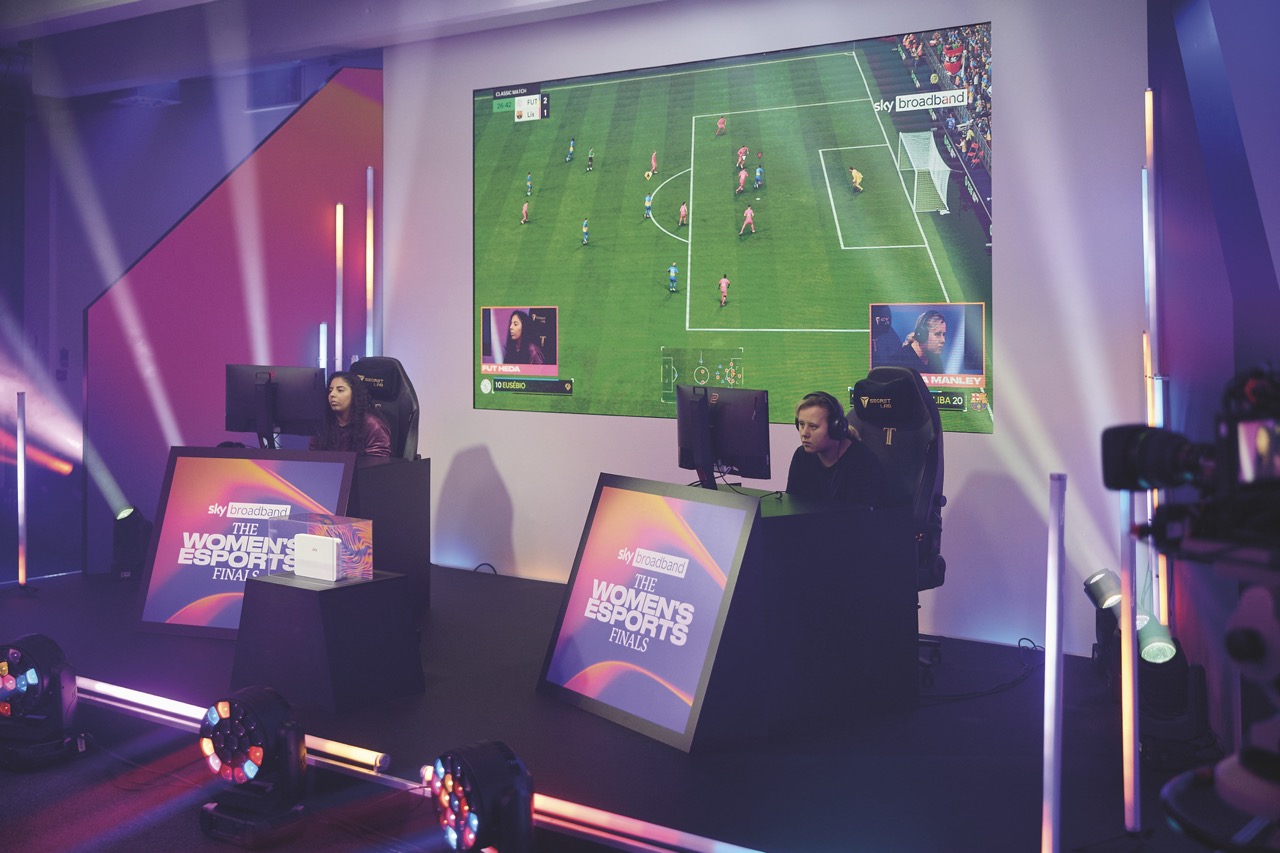
The new norm
Normalising the presence of women in esports is essential to demonstrate for the next generation that gaming is a valid career option for everyone – regardless of gender. Broadcasting the Women’s Esports Finals gave the women’s gaming industry a public platform for the first time. “By showcasing events like this, including professional players, you create representation,” concludes Bucciacchio. “You can inspire people to pursue their passions, regardless of gender. It’s important not just for representation, but for the sector to be taken seriously as well.”
For Lajal, the broadcasting of the event made it feel all the more real, and gave the women’s gaming industry the respect it deserves. “Organising these events can bring wider attention to it and inspire more people to get involved,” she summarises. “There are more people like us out there who are interested in racing games, but who never really thought they could be competitive enough because they just haven’t had the platform for it. Seeing these opportunities pop up is such a huge deal for the community.”
Lajal is optimistic about the future and excited to see where these initiatives around women’s esports lead. “A few new initiatives have already reached out with regards to creating bigger communities around women interested in esports and eracing. I’m really excited to see more of these pop up and I feel like there are more opportunities in this field. I’m hoping to spread that awareness and inspire more people – and more women – to get involved.”
From Esports to sports, here are the women behind the Fifa Women’s World Cup Australia & New Zealand 2023.
This feature was first published in the Spring 2025 issue of FEED.
